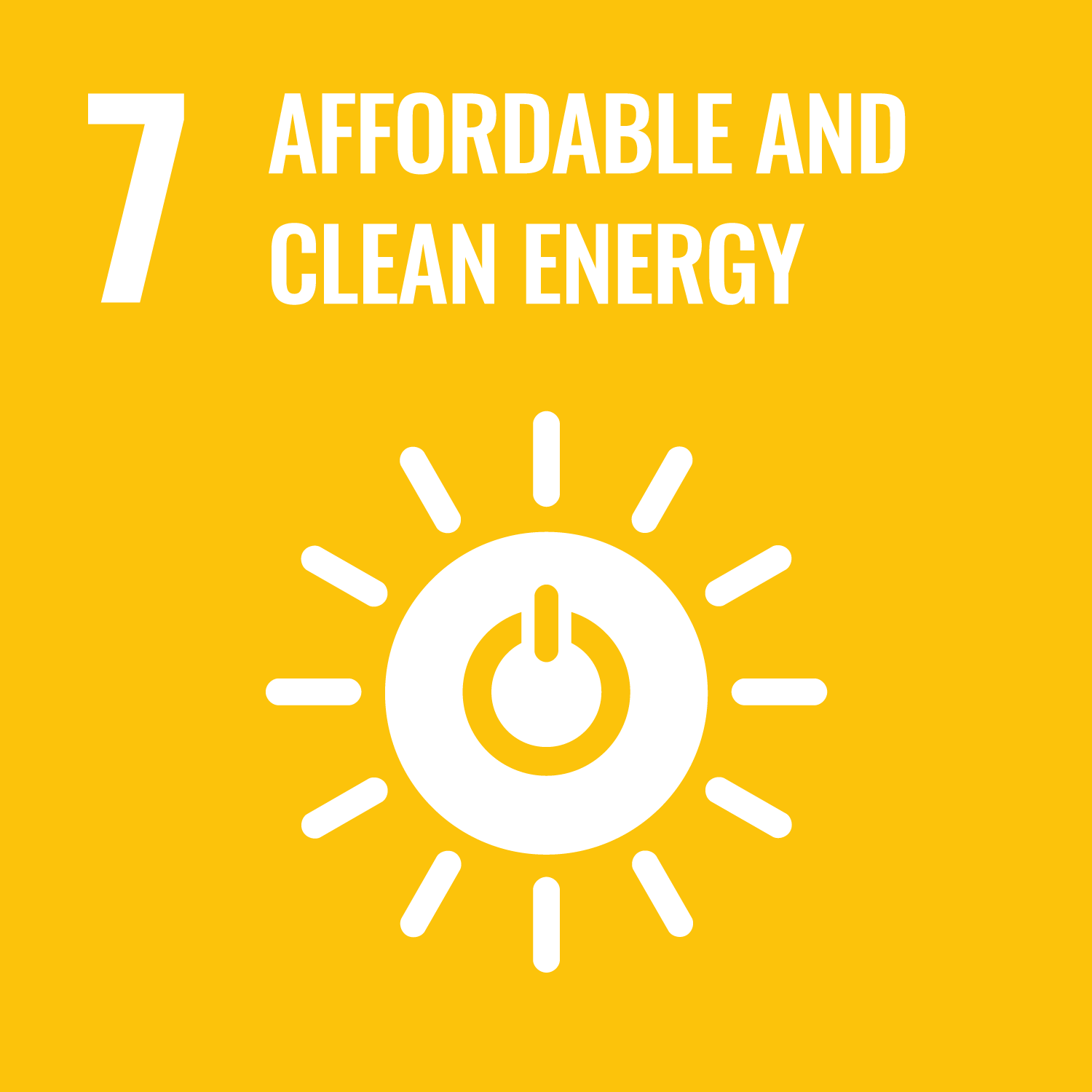Xu, Z., Wang, Y., Liu, R. orcid.org/0000-0003-0627-3184 et al. (3 more authors) (2025) Impact of the spatial distribution of CAVs on stochastic traffic oscillations in mixed traffic flow. Physica A: Statistical Mechanics and its Applications, 677. 130940. ISSN: 0378-4371
Abstract
Existing studies have demonstrated the potential of Connected and Automated Vehicles (CAVs) to optimise traffic flow and suppress disturbances. However, most current mixed traffic flow models adopt idealised deterministic approaches for modelling Human-Driven Vehicles (HDVs), and overlook the influence of the spatial distribution of CAVs on system performance. To address these limitations, this study introduces a novel metric (i.e., platoon intensity) to quantify the spatial clustering characteristics of CAVs within mixed traffic flow. This indicator enables a unified characterisation of CAV distribution patterns across various penetration rates, and theoretical bounds on pairwise vehicle probabilities under different traffic conditions are derived accordingly. A mixed traffic flow model is further developed, incorporating stochastic car-following behaviour of HDVs, behavioural degradation of CAVs, and a constraint on maximum platoon size. By introducing stochastic differential equations, the model successfully reproduces velocity fluctuations triggered by endogenous disturbances. Based on this framework, a series of systematic numerical experiments are conducted to comprehensively analyse traffic efficiency, stability, and energy consumption under varying CAV penetration rates and spatial distribution patterns. A quantitative relationship is established between platoon intensity and macroscopic traffic performance indicators. The main findings of this paper are as follows: (1) The spatial distribution of vehicles significantly impacts macroscopic traffic performance, with maximum differences of 9.70 %, 145.20 %, and 7.58 % observed in average speed, coefficient of variation of speed, and average energy consumption, respectively. (2) At a fixed CAV penetration rate, increasing platoon intensity enhances traffic efficiency and reduces average energy consumption, but exacerbates traffic instability. This research provides theoretical insights and practical implications for future CAV deployment strategies and traffic management measures.
Metadata
| Item Type: | Article |
|---|---|
| Authors/Creators: |
|
| Copyright, Publisher and Additional Information: | This is an author produced version of an article published in Physica A: Statistical Mechanics and its Applications, made available under the terms of the Creative Commons Attribution License (CC-BY), which permits unrestricted use, distribution and reproduction in any medium, provided the original work is properly cited. |
| Keywords: | Mixed traffic flow, Connected automated vehicles, Stochastic car-following model, Spatial distribution of vehicles, Platoon intensity |
| Dates: |
|
| Institution: | The University of Leeds |
| Academic Units: | The University of Leeds > Faculty of Environment (Leeds) > Institute for Transport Studies (Leeds) |
| Depositing User: | Symplectic Publications |
| Date Deposited: | 09 Sep 2025 14:03 |
| Last Modified: | 09 Sep 2025 18:58 |
| Published Version: | https://www.sciencedirect.com/science/article/pii/... |
| Status: | Published |
| Publisher: | Elsevier |
| Identification Number: | 10.1016/j.physa.2025.130940 |
| Sustainable Development Goals: | |
| Open Archives Initiative ID (OAI ID): | oai:eprints.whiterose.ac.uk:231362 |


 CORE (COnnecting REpositories)
CORE (COnnecting REpositories) CORE (COnnecting REpositories)
CORE (COnnecting REpositories)